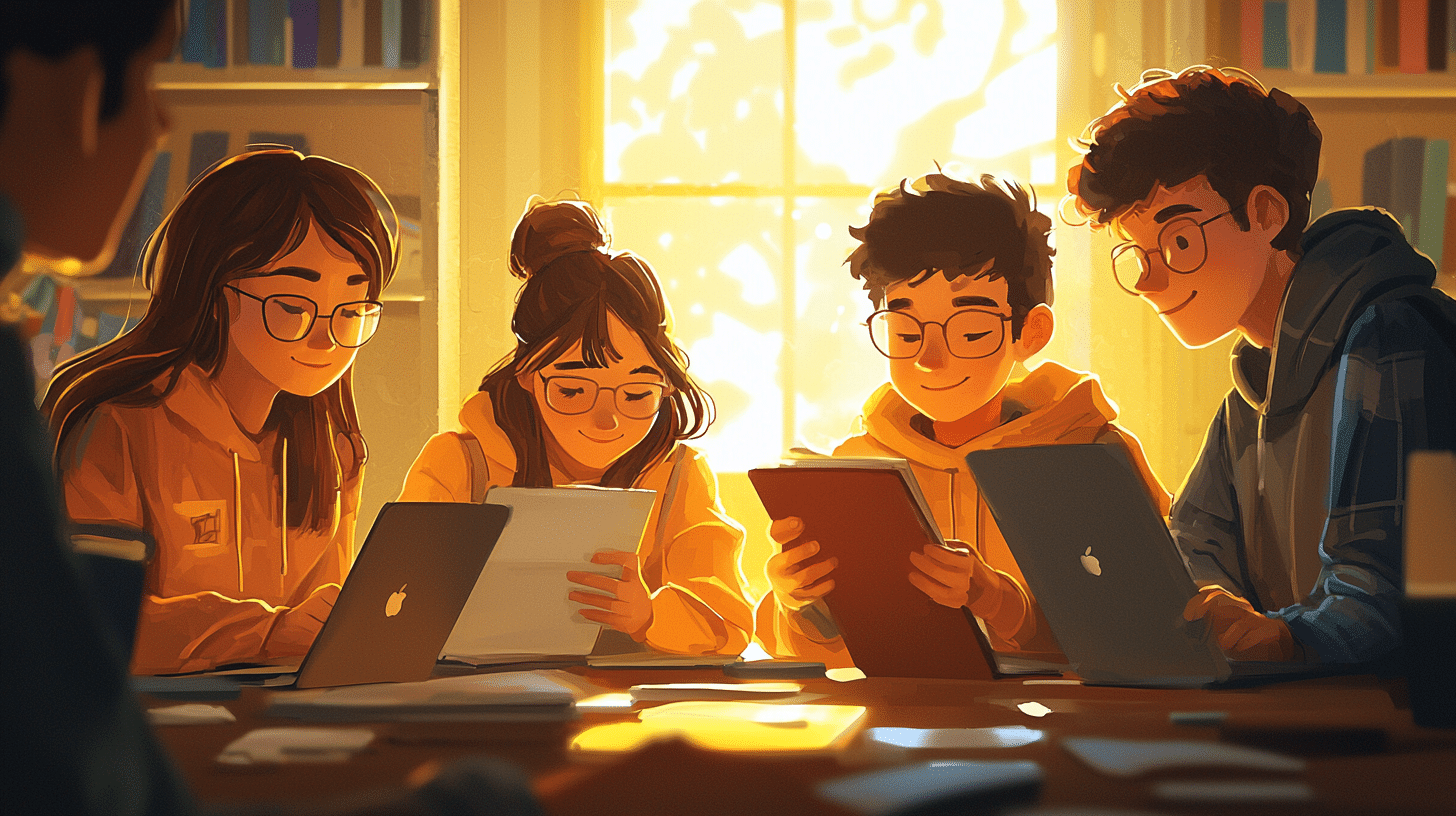Learning a new language can be a fascinating journey into a different culture, and understanding the vocabulary related to the human body is an essential part of that journey. Whether you are planning to visit Latvia, have Latvian friends, or are simply interested in the language, knowing how to talk about parts of the body in Latvian can be incredibly useful. This article will guide you through the basic terms and phrases related to parts of the body in Latvian, providing you with a strong foundation to build upon.
Basic Vocabulary
Before diving into detailed explanations, let’s start with some basic vocabulary. Here are the Latvian words for some common parts of the body:
– Head: galva
– Face: seja
– Eye: acs (plural: acis)
– Nose: deguns
– Mouth: mute
– Ear: auss (plural: ausis)
– Hair: mati
– Neck: kakls
– Shoulder: plecs (plural: pleci)
– Arm: roka (plural: rokas)
– Hand: plauksta
– Finger: pirksts (plural: pirksti)
– Chest: krūtis
– Back: mugura
– Stomach: vēders
– Leg: kāja (plural: kājas)
– Foot: pēda (plural: pēdas)
– Toe: pirksts (plural: pirksti kājām)
The Head and Face
The head, or galva, houses several important sensory organs and features. Understanding the vocabulary for these parts can help you describe facial features and sensations.
– **Forehead**: pieredze
– **Eye**: acs (plural: acis)
– **Eyebrow**: uzacs (plural: uzacis)
– **Eyelash**: skropsta (plural: skropstas)
– **Nose**: deguns
– **Nostril**: nāsis (plural: nāsis)
– **Cheek**: vaigs (plural: vaigi)
– **Mouth**: mute
– **Lip**: lūpa (plural: lūpas)
– **Tongue**: mēle
– **Chin**: zods
The Torso
The torso, or the central part of the body, includes several critical areas:
– **Neck**: kakls
– **Shoulder**: plecs (plural: pleci)
– **Chest**: krūtis
– **Back**: mugura
– **Stomach**: vēders
– **Waist**: viduklis
– **Hip**: gurns (plural: gurni)
Arms and Hands
The arms and hands are crucial for many daily activities. Here is the vocabulary you need:
– **Arm**: roka (plural: rokas)
– **Elbow**: elkonis (plural: elkoņi)
– **Wrist**: plaukstas locītava
– **Hand**: plauksta
– **Finger**: pirksts (plural: pirksti)
– **Thumb**: īkšķis
– **Nail**: nags (plural: nagi)
Legs and Feet
Legs and feet are essential for movement. Here’s how to talk about them in Latvian:
– **Leg**: kāja (plural: kājas)
– **Knee**: celis (plural: ceļi)
– **Ankle**: potīte
– **Foot**: pēda (plural: pēdas)
– **Toe**: pirksts kājām (plural: pirksti kājām)
– **Heel**: papēdis
Internal Organs
While you may not talk about internal organs as often, knowing their names can be useful, especially in medical situations:
– **Heart**: sirds
– **Lung**: plauša (plural: plaušas)
– **Liver**: aknas
– **Kidney**: niere (plural: nieres)
– **Stomach**: kuņģis
– **Intestine**: zarna (plural: zarnas)
– **Brain**: smadzenes
Useful Phrases
Knowing the vocabulary is one thing, but being able to use it in context is another. Here are some useful phrases that incorporate the body parts vocabulary:
– I have a headache. – Man ir galvassāpes.
– My stomach hurts. – Man sāp vēders.
– She has beautiful eyes. – Viņai ir skaistas acis.
– He broke his leg. – Viņš salauza kāju.
– Can you touch your toes? – Vai tu vari aizsniegt savus pirkstus kājām?
Pronunciation Tips
Latvian pronunciation can be tricky for English speakers, but with some practice, you can get the hang of it. Here are a few tips:
– The letter “c” is pronounced like “ts” in “cats.”
– The letter “e” can be pronounced in two ways: like “e” in “bet” or like “a” in “cake.”
– The letter “j” is pronounced like “y” in “yes.”
– The letter “ā” is a long “a” sound, similar to “a” in “father.”
– Stress is usually on the first syllable of the word.
Practice Makes Perfect
To truly internalize this vocabulary, practice is essential. Here are some strategies to help you practice:
– **Flashcards**: Create flashcards with the Latvian word on one side and the English translation on the other. Regularly quiz yourself.
– **Labeling**: Label parts of your body with sticky notes in Latvian. This visual aid can help reinforce your memory.
– **Conversation**: If you have a language partner or tutor, practice using these words in conversation.
– **Listening**: Listen to Latvian songs, watch Latvian movies or TV shows, and pay attention to how these words are used in context.
Conclusion
Learning the parts of the body in Latvian is a fundamental step in your language learning journey. Not only does it equip you with the vocabulary needed for everyday conversations, but it also helps you understand more about Latvian culture and how people in Latvia communicate about their bodies. Whether you are just starting out or looking to expand your existing knowledge, the vocabulary and tips provided in this article will serve as a valuable resource.
Remember, language learning is a marathon, not a sprint. Be patient with yourself, and enjoy the process of discovering a new way to express yourself. Good luck, or as they say in Latvian, veiksmi!

